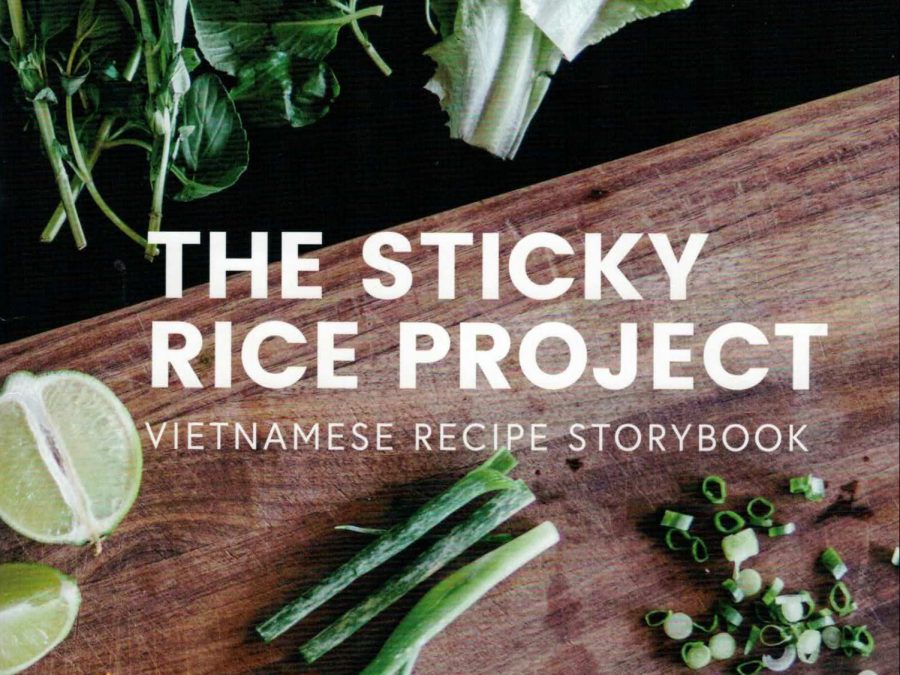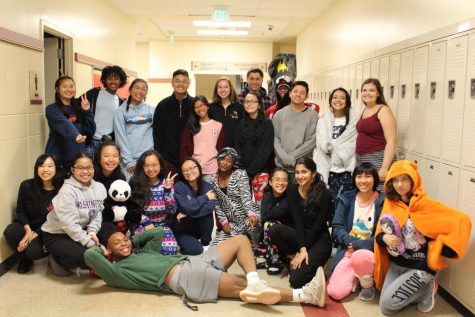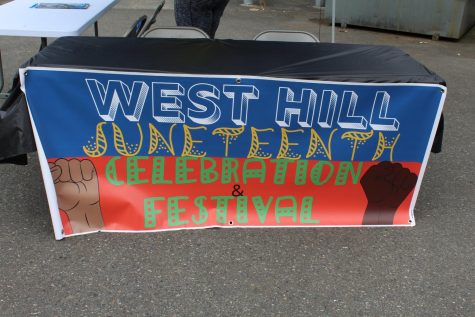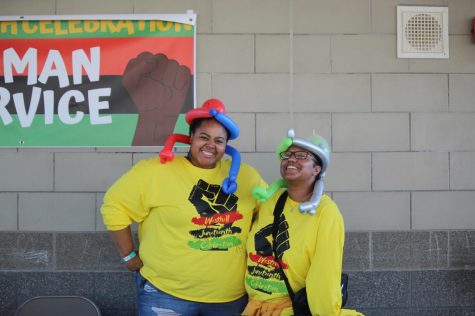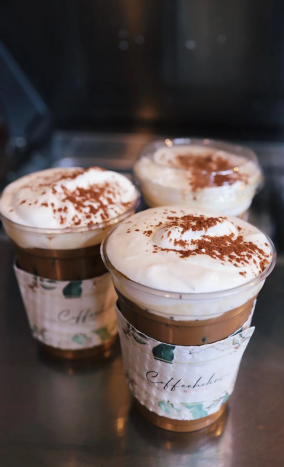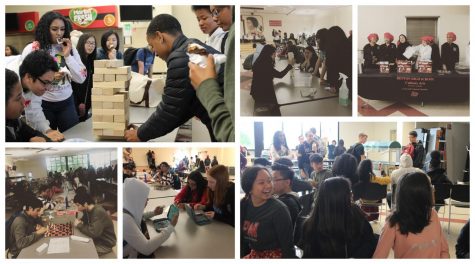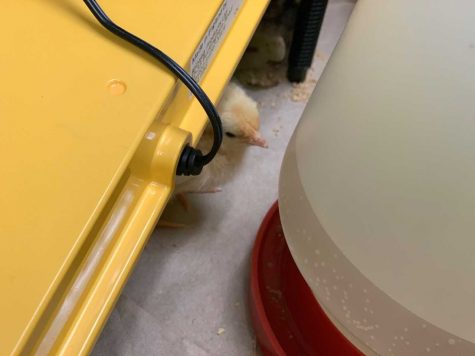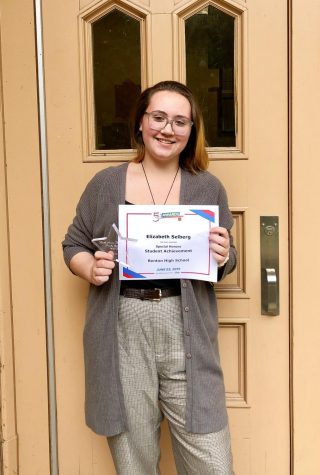The Sticky Rice Project: Cooking and Community
Bánh mì hấp, xôi lạp xưởng, bánh xèo, xôi vò, and bún bò huế. These dishes may sound familiar to those involved with Vietnamese culture and community. Food is, and has always been, one of the best ways that people of a culture can come together and create feelings of comradery, nostalgia, and belonging. It’s able to bring people back to their roots, connect them back to their ancestors, and just make them feel right at home. These are just some of the many principles that Lilian Vo drew upon when creating what she has called the Sticky Rice Project.
The Sticky Rice Project at its core is a collection of both stories and recipes courtesy of several Vietnamese community members in the greater Seattle area – many of which are RHS alumni along with members of Lilian’s family. It features a range of different traditional meals and details many different stories from the people involved .These are the people who have helped to create a dedication within the project are a central part of what makes it so strong. Lilian goes on to state that she’s “been fortunate to have the support of [them] for over 7 years.”
Another aspect of the project that gives it strength is the variety of ages of the people involved, ultimately creating an dynamic, meaningful process that allowed the project to go beyond traditional demographics.
“The goal of the project is to bridge the generational gap within the Vietnamese community and so it was perfect that I got to work with individuals of different generations. It allowed me to think about different perspectives and how to design an experience that is meaningful to everyone. I like to think that the project developed organically and it successfully did that because of the people involved.”
Though the project is centered on Vietnamese culture, cuisine, and communication, Lilian hopes that it will also get others talking and thinking as well. It doesn’t matter the community, the idea of using food as an exploratory tool is one that can and should be embraced by all cultures and generations of people.
Lilian expands on this by voicing that “there’s a lot of rich culture within our communities that we ought to share and cherish. I hope that the project provides an anchor point to start dialogue that also strengthens relationships between generations. The role of food in community building does not only resonate with the Vietnamese community and I am grateful to hear peers reaffirm how the Sticky Rice Project has made them think about the dishes they hold close to their heart.”
Overall, the Sticky Rice Project serves as a great way to remind people of the role food plays in their community and in their generational relationships. It reminds people to examine that part of their heritage and be curious about it, all while still having a good time.
Finally, as a closing note to RHS, Lilian offers both advice and gratitude for those who have helped her and those who would like to get involved with their passions in similar ways.
“This is possible because of the insanely supportive staff that I relied on during my time at Renton High School and the mentors that I met in college that understand what I stand for. So I want to take this opportunity to push RHS students to ask themselves what motivates them and find ways to fuel that motivation with the purest forms of love and energy. Surround yourself with people that allow you to do that. I’m always available to talk through ideas and hear what RHS students are up to so don’t be a stranger!”
Hopefully, by reading this article readers have been thoroughly encouraged to stay curious and stay hungry.
More Information about the Sticky Rice Project:
- Website – https://www.thestickyriceproject.com/
- A personal copy of the book can be bought at https://www.thestickyriceproject.com/recipe-storybook/supporttheproject
- Instagram – @thestickyriceproject
- Lilian’s email – Lilian.pk.vo@gmail.com

